10 Oldest Golf Clubs in the World
Dating back to the 18th-Century, these 10 historic clubs are widely recognised as the oldest in the world
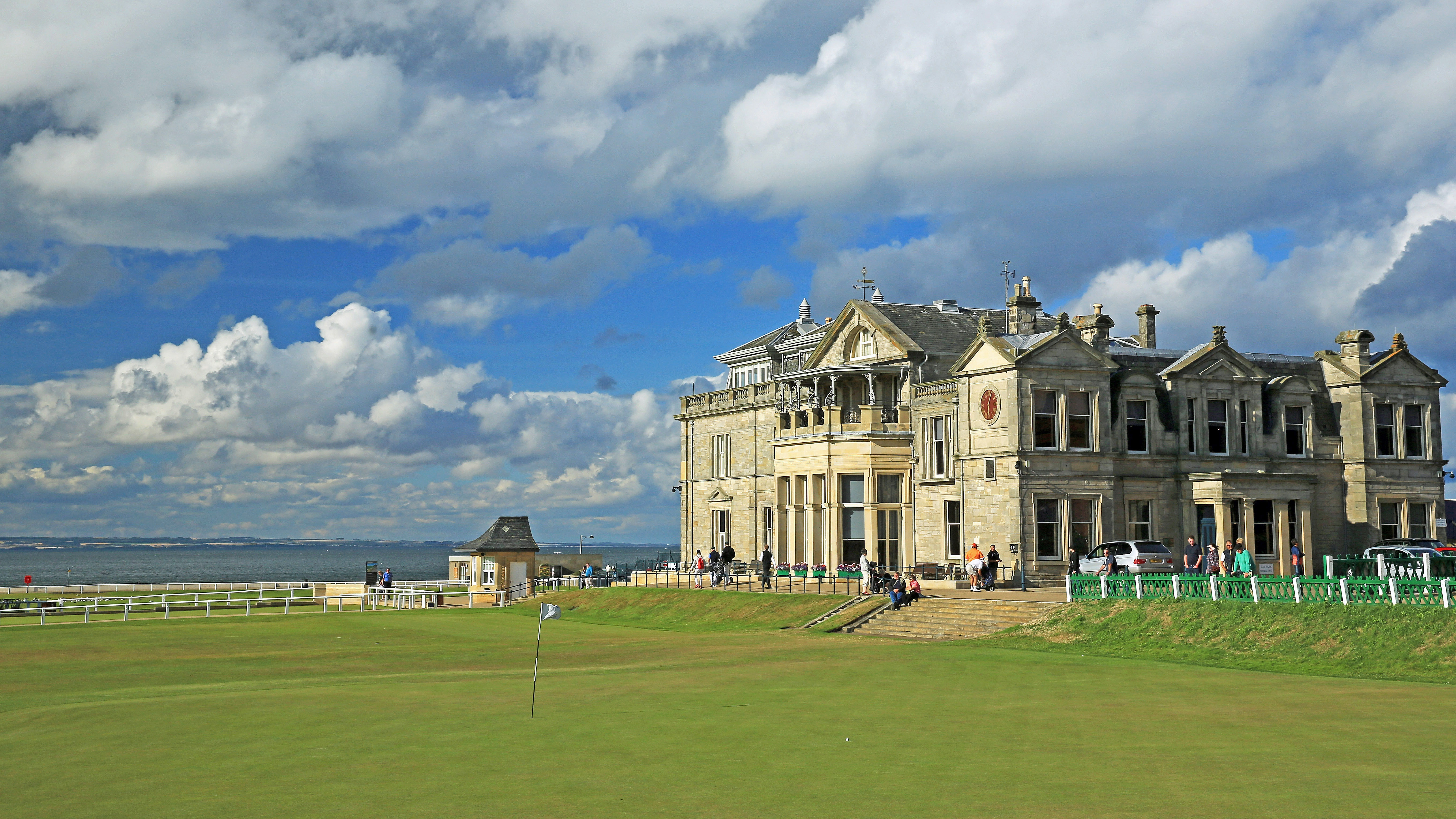

10 Oldest Golf Clubs in the World
Producing an overview of the world’s oldest golf clubs - as distinct from courses - isn’t a perfect science. Sadly, some of the documentation has been lost in the mists of time. Nonetheless, there is evidence enough to suggest that these are the ten oldest clubs in the world.
Of these, the one slightly confusing history relates to the loan club residing in England, Royal Blackheath. It celebrated its quadricentennial in 2008, with its institution as 1608, which would clearly make it the oldest in the world. Most do not really dispute this, including the greatest golf correspondent of all time, Bernard Darwin. However, the oldest existing evidence for Royal Blackheath is a silver club presented for a competition in 1766 and played for ever since. So even if not the oldest in the world, it is certainly the oldest in England and indeed outside of Scotland.
There is a big difference between a list of the oldest clubs and the oldest courses, and as you would expect, most of the oldest clubs have relocated and no longer play on their original layout. Here then, is a brief introduction to the 10 oldest golf clubs in the world, most of whom have a more detailed account of their history on their websites.
1 - Royal Burgess Golfing Society (1735)
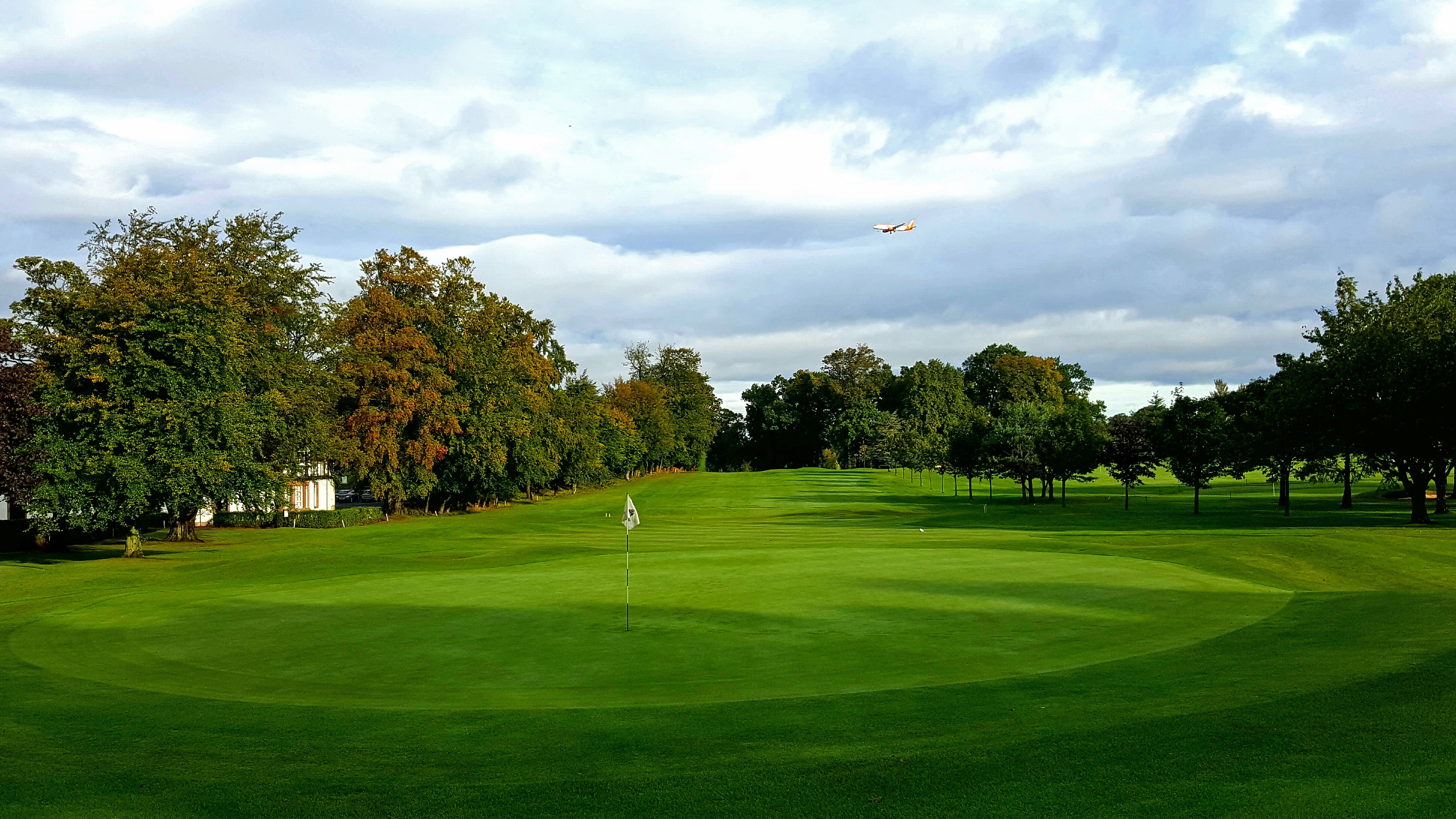
Looking back down the closing hole at Royal Burgess
- Location Edinburgh
- Founded 1735
- Architect Willie Park Junior, James Braid, Philip Mackenzie Ross
- GF Round £175, Day £250
- Par 71, 6,531 yards
- Contact Royal Burgess Golfing Society
If we set Royal Blackheath at 1766 based on the oldest club competition still being played there, then Royal Burgess is the oldest golf club in the world. It was instituted in 1733, at which point the members of the society played over a 6-hole course on Bruntsfield Links near the castle. They have since enjoyed various homes, including Musselburgh Links, and now play over a fine and very well maintained parkland course on the western outskirts of Edinburgh.
2 - Honourable Company of Edinburgh Golfers (1744)
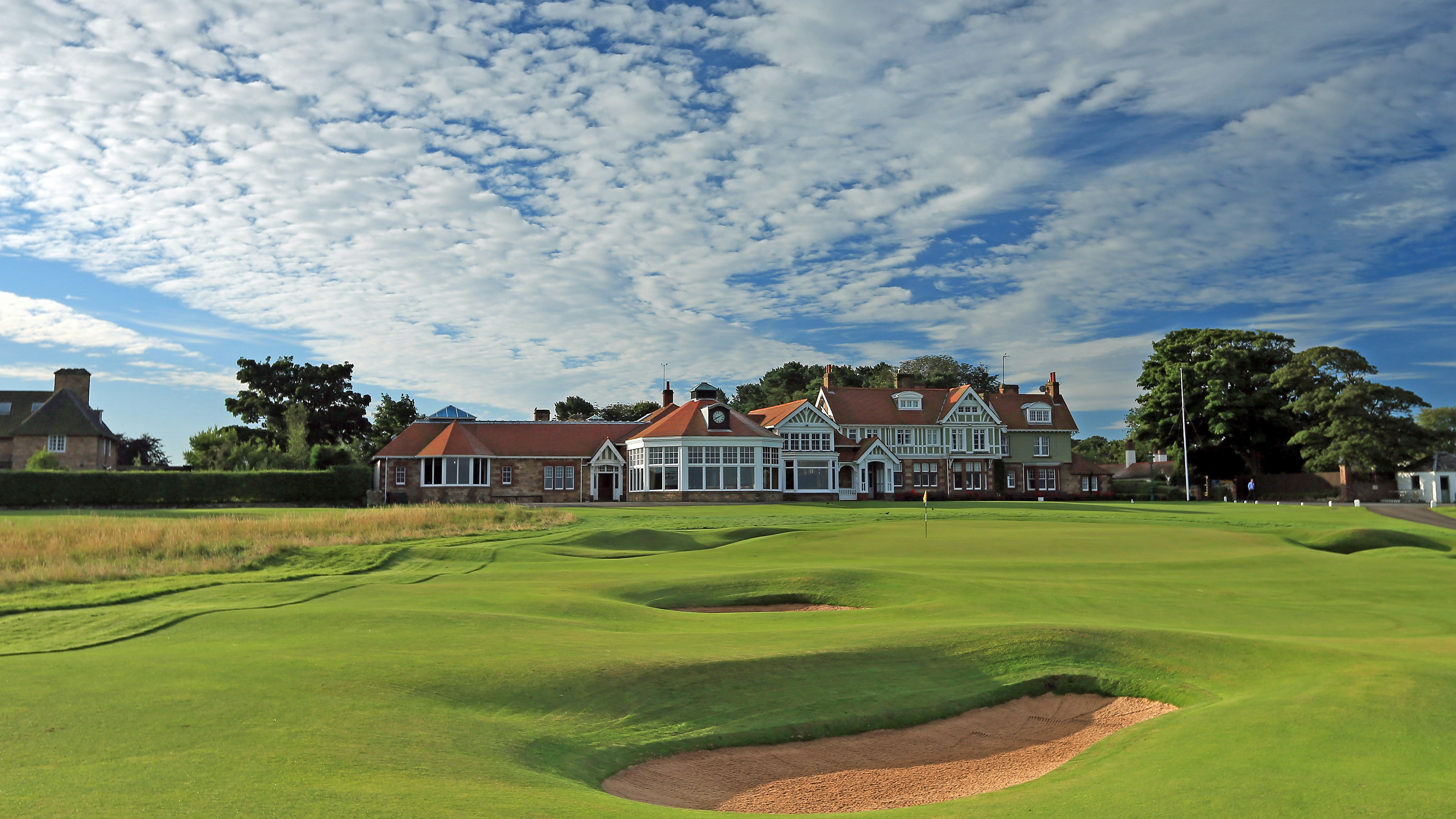
The closing hole and clubhouse at Muirfield, home to the Honourable Company of Edinburgh Golfers
- Location Gullane
- Founded 1744
- Architect Old Tom Morris, Harry Colt, Martin Hawtree
- GF Round £325, Day £495 (inc lunch)
- Par 71, 6,728 yards
- Contact The Honourable Company of Edinburgh Golfers
There cannot be too many world-famous golf courses where most golfers would struggle to tell you the name of the parent club, but this is one! In 1744, Edinburgh Town Council presented a silver club to the winner of an annual golf competition that took place on the Links of Leith. In return, the Gentlemen Golfers of Leith, who were later renamed The Honourable Company of Edinburgh Golfers, created the original rules. They, too, played at Musselburgh Links before moving to the outskirts of Gullane in 1890. Muirfield is now recognised as one of our very best Open Championship venues, and its superb, flowing, expansive design is packed with exquisite bunkering and brilliant greens.
Read full Muirfield course review
Get the Golf Monthly Newsletter
Subscribe to the Golf Monthly newsletter to stay up to date with all the latest tour news, equipment news, reviews, head-to-heads and buyer’s guides from our team of experienced experts.
3 - The Royal And Ancient Golf Club of St Andrews (1754)

The Road Hole green on the Old Course at St Andrews with the historic R&A clubhouse in the distance
- Location St Andrews
- Founded 1754
- Architect Old Course - Nature, Old Tom Morris
- GF £295
- Par 72, 6,721 yards
- Contact St Andrews Links Trust
A decade after the Honorable Gentlemen, on May 14th 1754, the Royal and Ancient Golf Club of St Andrews was founded. Its clubhouse, the most famous in golf, sits overlooking the 1st tee of the Old Course. From the late 19th-century, it steadily became known as the game’s governing authority, both in the UK and abroad. It has three different areas of responsibility; the Rules of Golf in conjunction with the USGA, the running of The Open Championship and other key golfing events, and the development of golf in existing and emerging golfing nations. In 2004, the club effectively split into two so that these duties could be administered by the R&A’s group of companies, with the club itself concentrating on the needs and wants of its 2,000-plus members. Perhaps more than any other, the Old Course is one of those bucket list courses that you have to play!
Read full St Andrews - Old Course review
4 - Bruntsfield Links Golfing Society (1761)
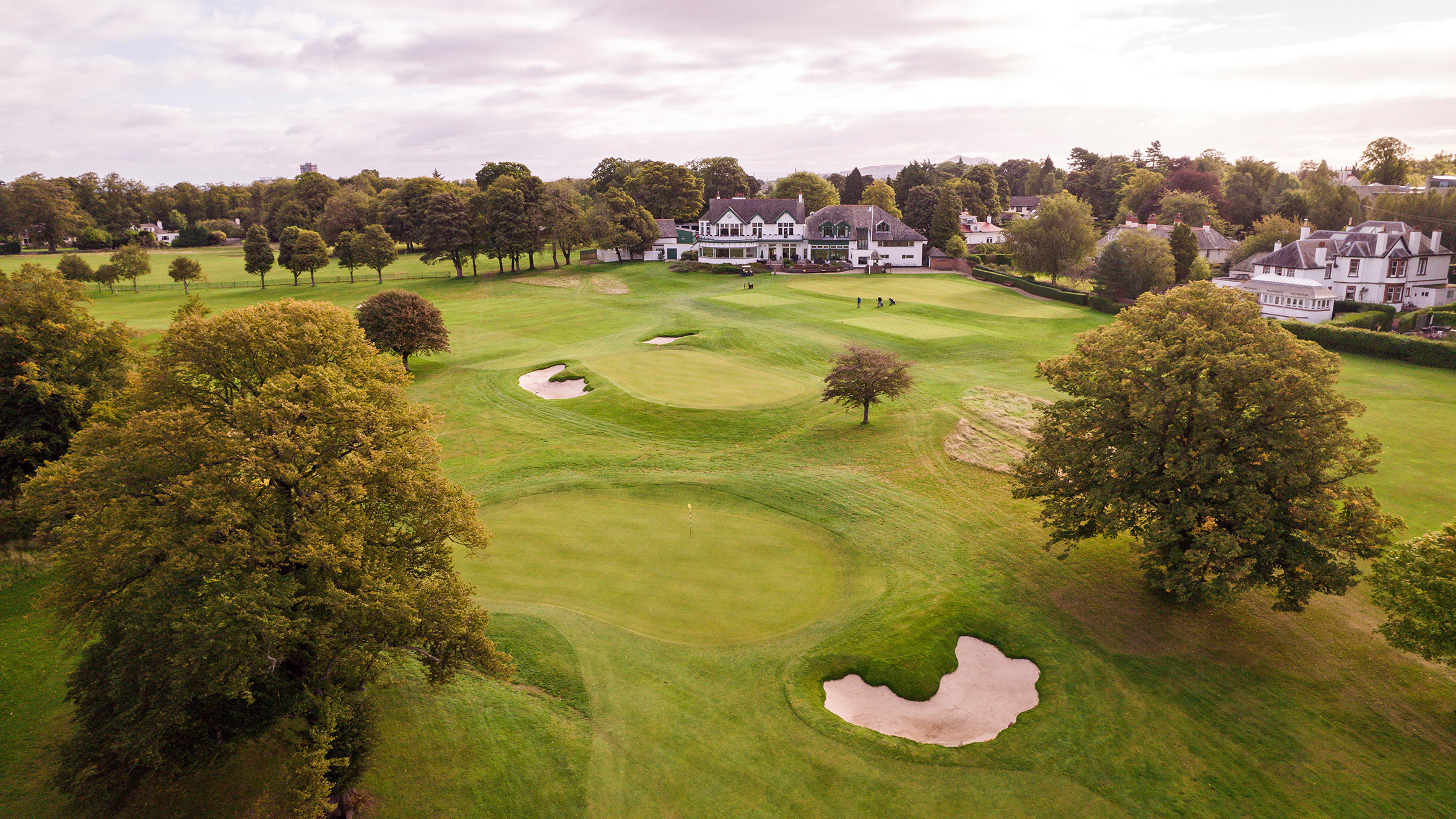
The ninth and eighteenth greens at Bruntsfield Links with the clubhouse beyond
- Location Edinburgh
- Founded 1761
- Architect Willie Park Junior, Alister MacKenzie, James Braid, Fred Hawtree
- GF Round £90 Mon-Fri
- Par 71, 6,446 yards
- Contact Bruntsfield Links Golfing Society
Bruntsfield Links is in the shadow of Edinburgh Castle, but the club of the same name relocated from there as golf became popular. As did some of its contemporaries, it moved to Musselburgh Links, now the oldest course in the world still being played, before a move to its current home in 1898. By coincidence, it borders on Royal Burgess, and it was designed oringally by Willie Park Junior with modifications by Alistair Mackenzie in 1922, James Braid in 1930, and Fred Hawtree almost 50 years ago. A Mackenzie and Ebert upgrade five years ago has seen this lovely parkland layout go from strength to strength.
5 - Royal Blackheath (1766)
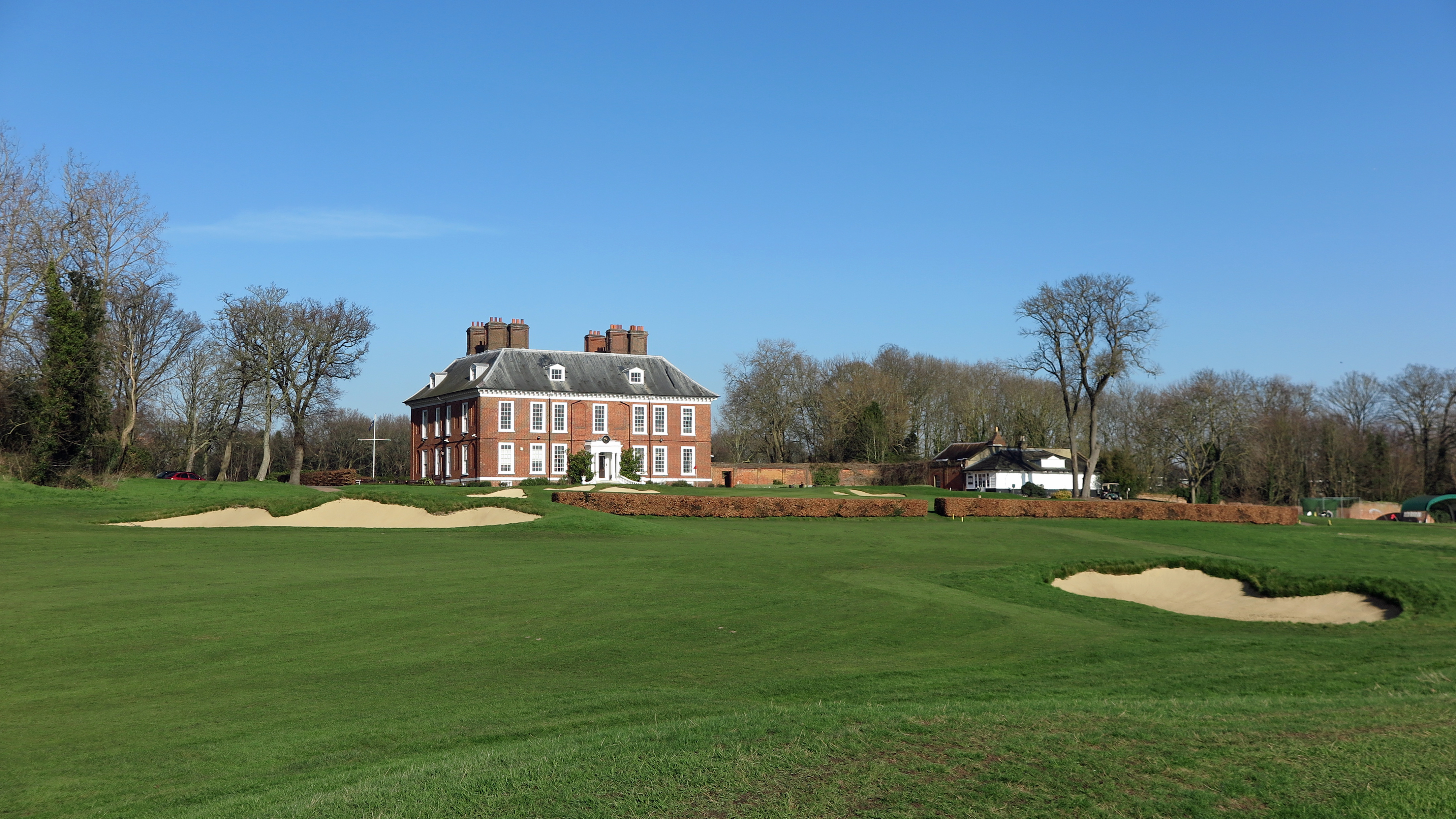
The approach to the closing hole and Grade I listed clubhouse at Royal Blackheath calls for an aerial shot over a hedge
- Location Eltham, London
- Founded 1766
- Architect James Braid, Ken Moodie
- GF Round £75 Mon-Thu, £85 Fri
- Par 71, 6,278 yards
- Contact Royal Blackheath Golf Club
After the death of Queen Elizabeth I in 1603, James VI of Scotland headed south with his court to London. He took up residence in the Royal Palace at Greenwich where he became James I of England. Golf was already well established north of the border, and a number of the Scottish incomers were keen to pursue their hobby which therefore meant that a course was needed. At the time, the English would not have been familiar with golf. The original course on the heath consisted of just 5 holes, played three times.
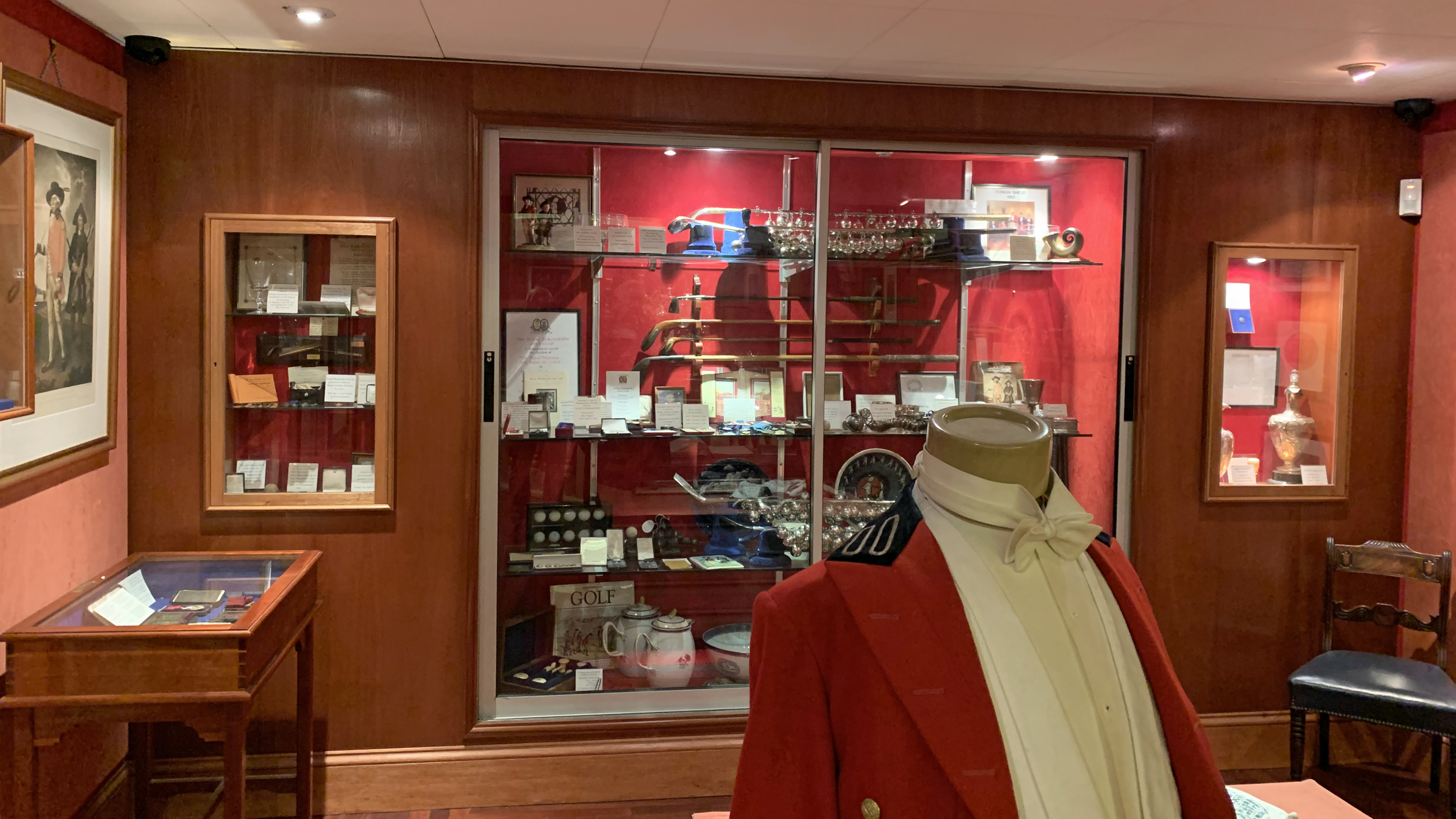
The clubhouse is home to one of the finest golf museums in the world
The main London Road ran through the heath, and as traffic and golf both became more popular, a move was needed. This took place in 1923 when the club amalgamated with Eltham Golf Club and relocated to its current home at Eltham Lodge in Kent, a 20-minute train ride from London Bridge. Not long after, James Braid was brought in to review the bunkering. The hugely impressive Grade-1 listed clubhouse dates back to the mid 17th-century and its Ken Moodie upgrade has transformed the parkland design into one of the best golf courses in Kent.
6 - Royal Musselburgh (1774)

The closing hole at Royal Musselburgh runs alongside historic Prestongrange House
- Location Prestonpans
- Founded 1774
- Architect James Braid
- GF Round £70 Mon-Fri, £85 Weekend
- Par 70, 6,254 yards
- Contact Royal Musselburgh Golf Club
Royal Musselburgh was founded getting on for 250 years ago and for the first 150 years of its existence, like so many others, played over Musselburgh Links. The site and the hugely impressive clubhouse are both leased, since 1958 from the Coal Industry Social Welfare Organisation. The parkland course was designed by James Braid with help from Fred Hawtree, and later modifications were made in the late 1930s by Mungo Park. The club is a part of the Scotland’s Golf Coast group and its inland, tree-lined course makes for an enjoyable inland alternative when playing the best golf courses in East Lothian.
Read full Royal Musselburgh Golf Club course review
7 - Fraserburgh (1777)
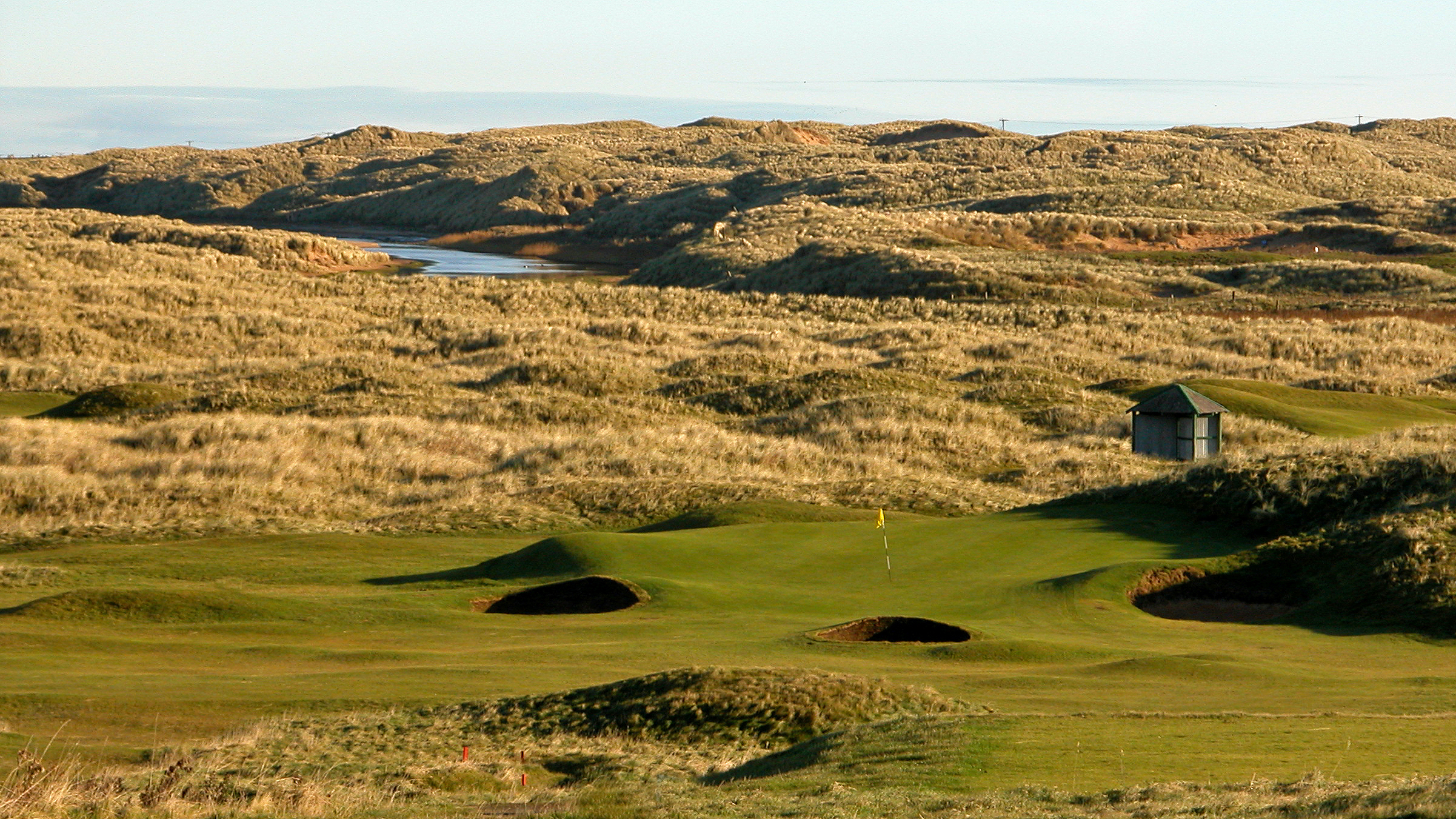
165 yards from the back tee, The Well is the par-3 seventh at Fraserburgh
- Location Fraserburgh
- Founded 1777
- Architect James Braid
- GF Round £120 (£80wd, £100we for AB and IV postcodes and members of Scottish Golf)
- Par 70, 6,318 yards
- Contact Fraserburgh Golf Club
Fraserburgh moved to its excellent, rugged seascape from its original home in 1891. Almost 30 years later, James Braid was commissioned to redesign the course. Protected from the beach by impressive dunes, the par 70 layout had three new holes built in the 1950s, those closest to the sea, and there were more changes 20 years later. Nonetheless, the Corbie Hill course is still a Braid classic with wonderful, gently-undulating fairways and plenty of variety. In 2022, it featured in Golf Monthly’s 100 Hidden Gems of the UK&I.
Read full Fraserburgh Golf Club course review
8 - Royal Aberdeen (1780)
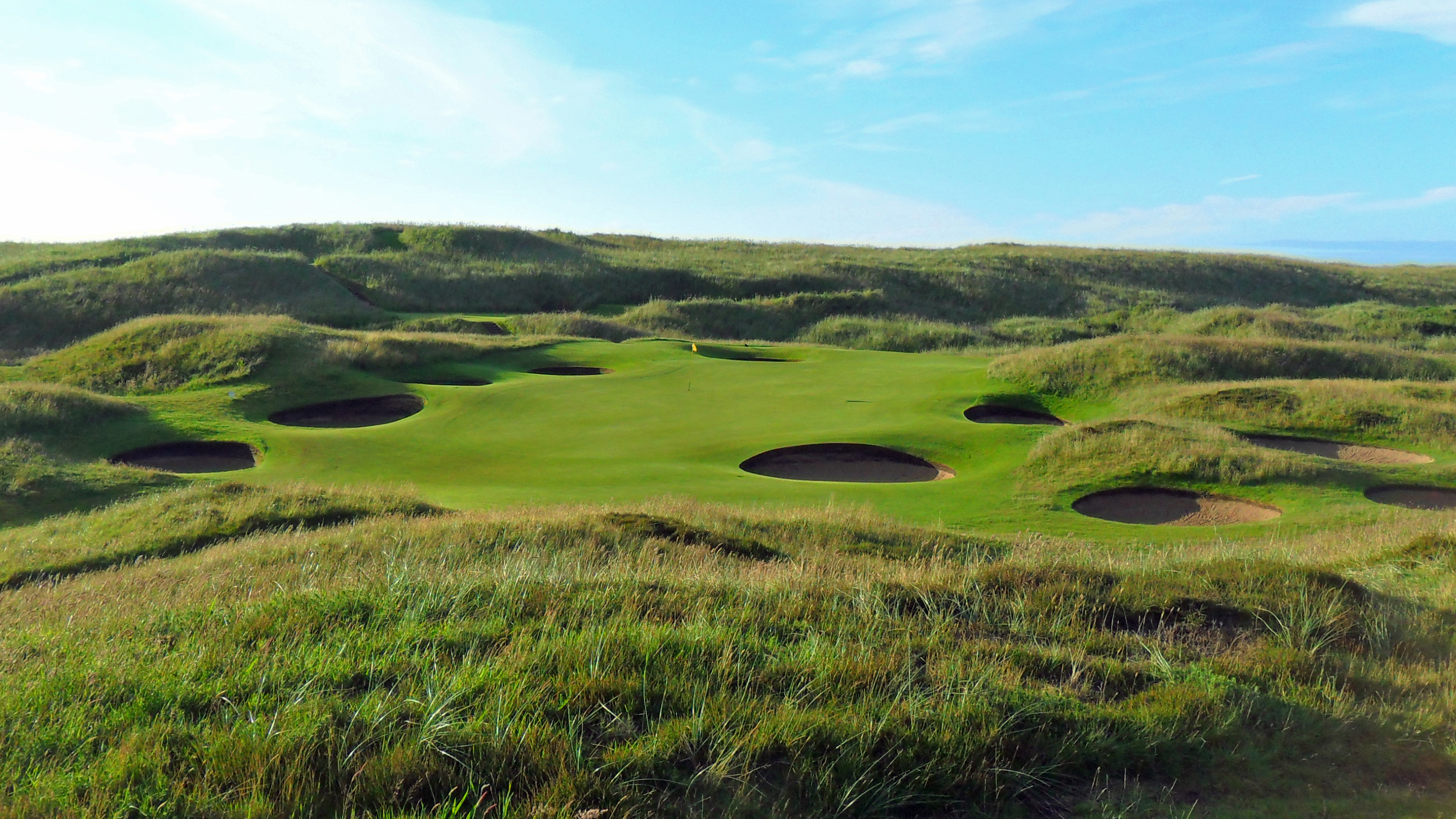
The par-3 eighth at Royal Aberdeen is the shortest hole on the classic links
- Location Aberdeen
- Founded 1780
- Architect Robert & Archie Simpson, Tom Simpson, JH Taylor, James Braid, Donald Steel
- GF Round £195, Day £270
- Par 71, 6,536 yards
- Contact Royal Aberdeen Golf Club
The Society of Golfers at Aberdeen was founded in 1780 and granted royal status in 1903. The club had earlier relocated to play over the glorious Balgownie links in 1888. The course now sits high in the Golf Monthly Top 100 Courses of the UK&I. Although it was modified a little in its formative years by a succession of the leading architects of the time, it remains a true, old-fashioned and timeless out-and-back links. This superb and uncompromising links was the venue for the 2014 Scottish Open, won by Justin Rose.
Read full Royal Aberdeen Golf Club course review
9 - Crail Golfing Society (1786)
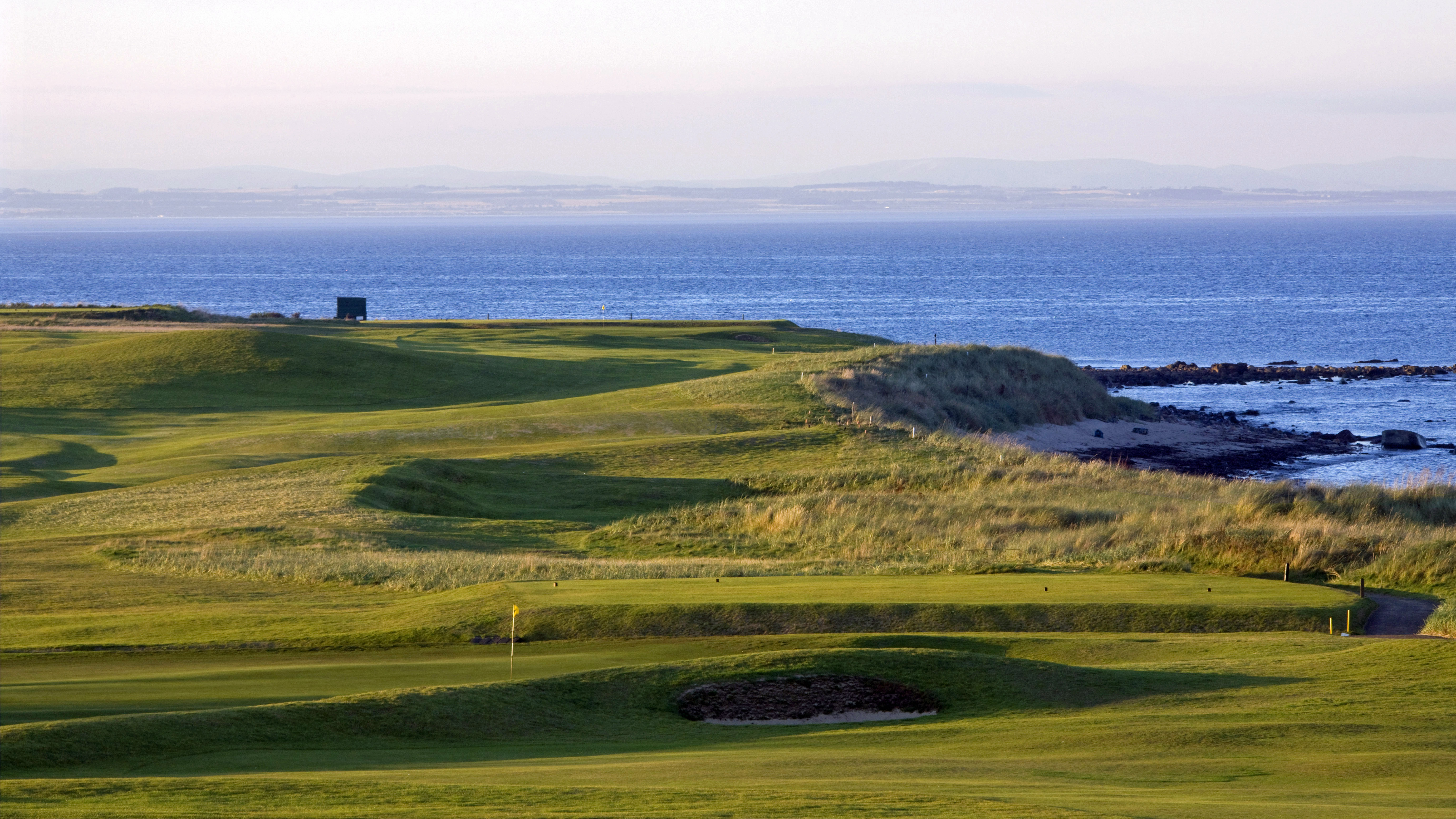
Looking over the opening green on the Balcomie Links at Crail with the par-5 second beyond
- Location Crail
- Founded 1786
- Architect Balcomie - Old Tom Morris
- Architect Craighead - Gil Hanse
- GF Balcomie Round £135, Craighead Round £98 - Day/Both Courses £184
- Balcomie - Par 69, 5,861 yards
- Craighead - Par 72, 6,651 yards
- Contact Crail Golfing Society
Crail Golfing Society is a club that combines the old with the new very much like no other. Its traditional and characterful older course dates back to 1895 and is the beautiful Balcomie Links. Modest in length, it is in Golf Monthly’s Next 100 Courses of the UK&I with the back none home to four par 3s as well as two par 5s. Several holes hug the shore. The Craighead Links opened in 1998 and is substantially longer, twisting and turning its way over cliffs and higher ground at the same time as providing an excellent alternative.
10 - Glasgow (1787)
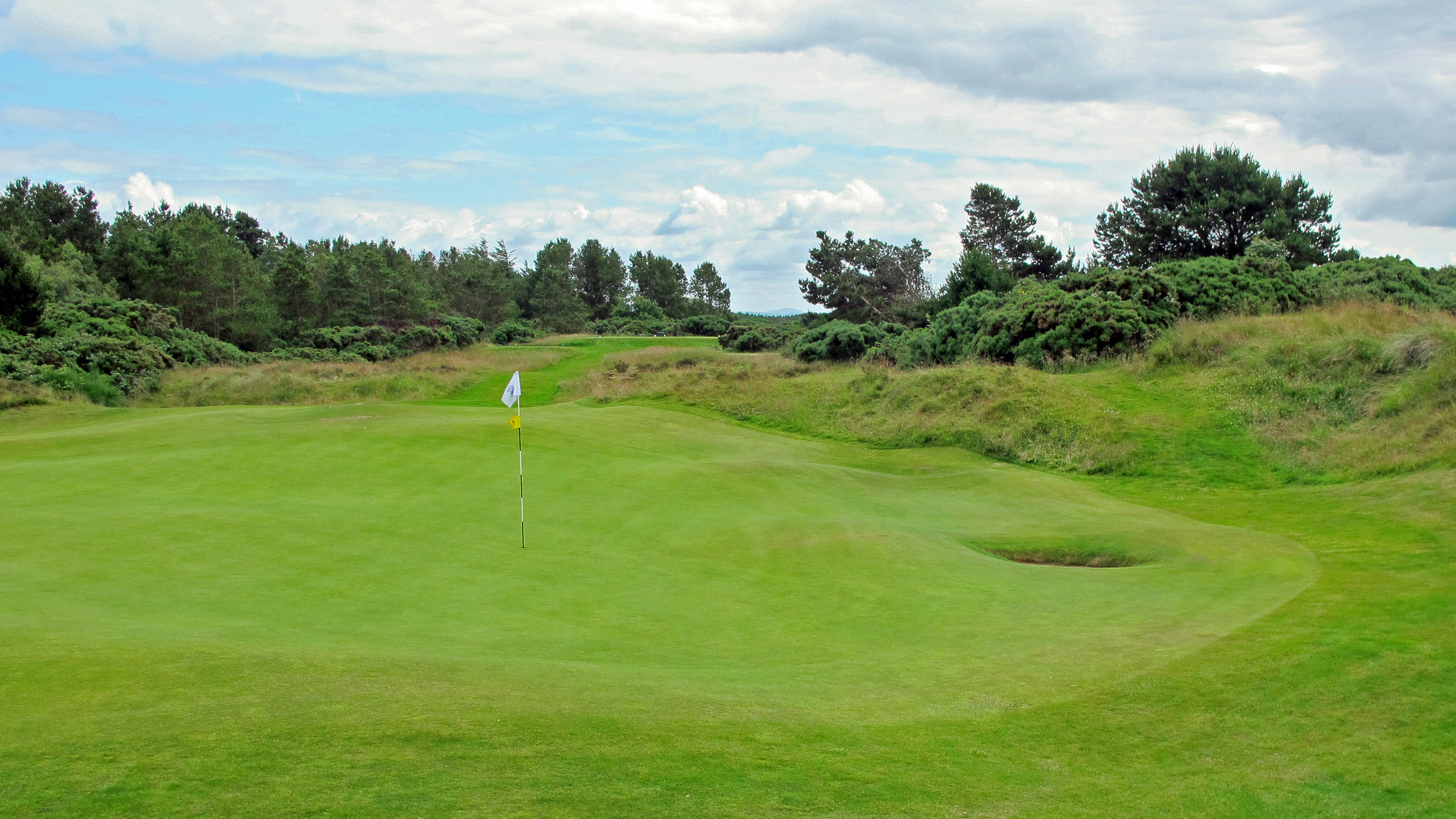
Looking back from behind the green on the par-3 sixth at Gailes Links, Glasgow’s coastal retreat
- Location Glasgow & Irvine
- Founded 1787
- Architect Killermont - Old Tom Morris, James Braid
- Architect Gailes Links - Willie Park Junior, Willie Fernie
- GF Killermont - Members/Guests Only, Gailes Links - £105-£130
- Killermont - Par 70, 5,973 yards
- Gailes Links - Par 71, 6,535 yards
- Contact Glasgow Golf Club
Despite struggles in the mid-19th-century, this historic club has thrived for a very long time and has the most unusual benefit of two courses (not that unusual!) some 35 miles apart (very unusual!). The Killermont dates back to 1903 and was originally designed by Old Tom Morris. It is a parkland layout that runs alongside the River Kelvin, a tributary of the Clyde. With the members seeking a winter, seaside alternative, Gailes Links was opened in 1892. It was redesigned in 1912 by Willie Park Junior and is a classic and subtle links that has been used for many important events.
History and tradition plays a huge part in golf, and there is generally a great deal of interest in the origins of the game. Perhaps more for the courses than for the clubs, golfing pilgrims from all over world travel extensively to experience and enjoy the sport’s roots. It is encouraging to know that with a following wind and a few good bounces, clubs of every type, large and small, famous and not so well known, can endure.

Rob has been playing golf for over 45 years and been a contributing editor for Golf Monthly since 2012. He specialises in course reviews and travel, and has played over 1,250 courses in almost 50 countries. In 2021, he played all 21 courses in East Lothian in 13 days. Last year, his tally was 78, exactly half of them for the first time. One of Rob's primary roles is helping to prepare the Top 100 Courses of the UK&I, of which he has played all, as well as the Next 100 where he is missing two in Scotland and two in Ireland. He has been a member of Tandridge for over 30 years where his handicap hovers around 15. You can contact him at r.smith896@btinternet.com.
-
 Corales Puntacana Championship Prize Money Payout 2025
Corales Puntacana Championship Prize Money Payout 2025The PGA Tour’s latest opposite field event features an attractive prize money payout and some former champions in the field
By Mike Hall Published
-
 RBC Heritage Prize Money Payout 2025
RBC Heritage Prize Money Payout 2025Scottie Scheffler defends his title at Harbour Town in the latest of the PGA Tour’s signature events
By Mike Hall Published